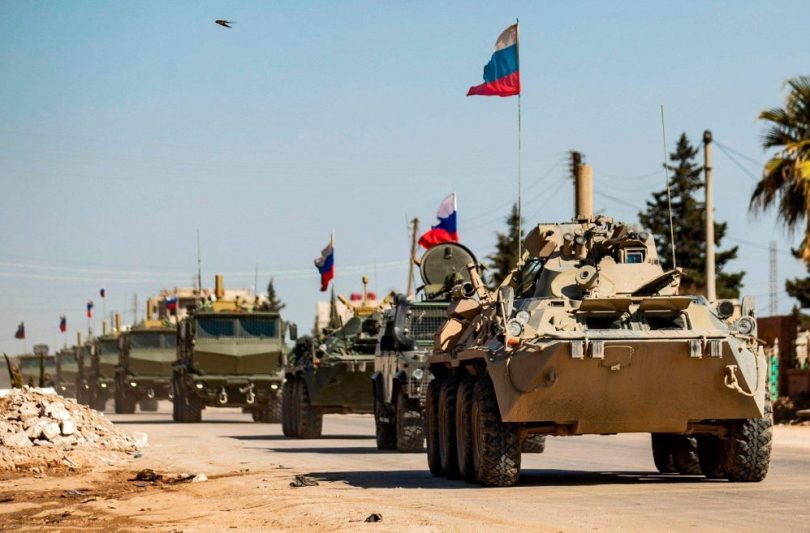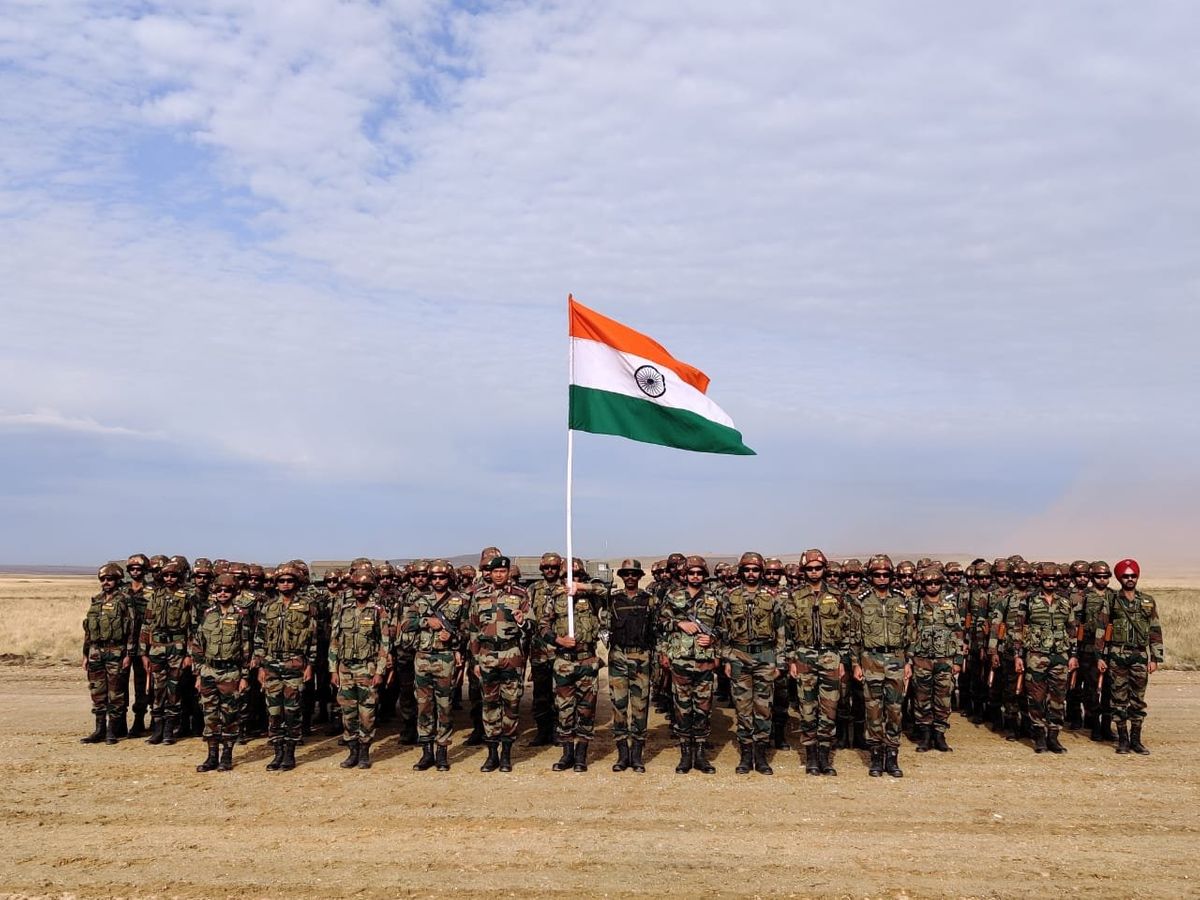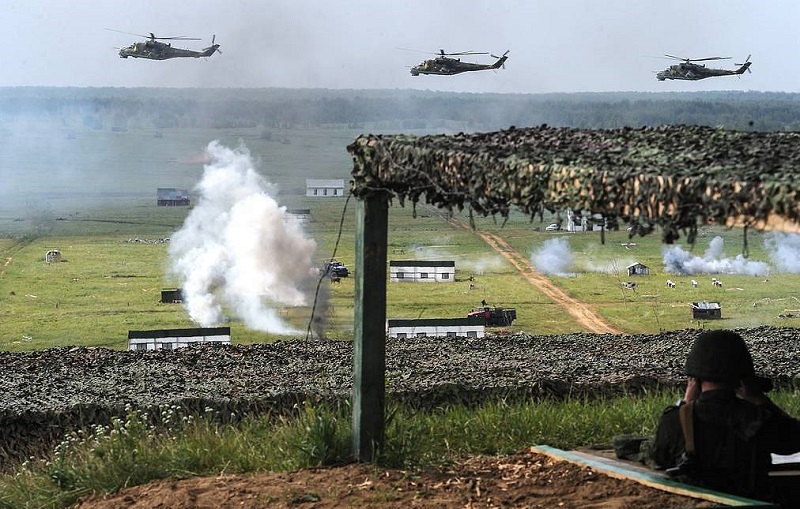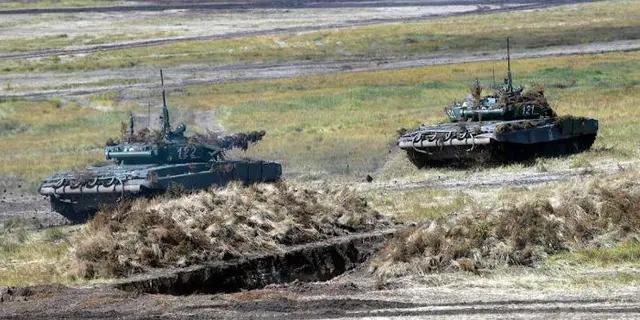Editor's Note:
The writer, Mr. I. Hussain Janjua is a senior media professional and analyst having experience of research & broadcast journalism in different organisations. He is a non-resident fellow of Chengdu Institute of World Affairs (CIWA). (Email: [email protected]; twitter: @ihussainjanjua)
Kavkaz—Russian for Caucasus-2020 is the last in a cycle of four rotating regional exercises, preceded by ZAPAD 2017, VOSTOK 2018, and TSENTR 2019. These exercises are a means of gauging battle-readiness in each of Russia’s four military districts: Western, Eastern, Central, and Southern, respectively.
According to state media outlet TASS, there will be a major artillery and rocket component, including Tornado-G rocket launchers and 2S9 NONA gun mortars. These will take part in drills held in nineteen firing ranges strewn across the Southern Military District. Around 500 tanks and 300 aircraft will also be involved in war games, maintenance/repair exercises, and deployment drills across the Caucasus.
Nevertheless, the North Atlantic Treaty Organization (NATO) and Washington have remained largely reticent concerning the exercises; instead, the more serious political controversy surrounding KAVKAZ -2020 involves the participants themselves, however, these drills served to convey the Kremlin’s indispensable role in Eurasian security politics.

Troops from diverse Eurasian actors as China, India, Pakistan, Armenia, Azerbaijan, Iran, Syria, Belarus, Abkhazia, Turkey, South Ossetia, Mongolia, and all five of the Central Asian states were expected to take part in KAVKAZ 2020. But New Delhi withdrew at the last moment as Chinese and Indian clashes along the Himalayan border zone continue.
Though the India’s Defense Ministry also cited coronavirus concerns as its official reason, but numerous Indian defense sources have since confirmed that New Delhi’s decision stems from the ongoing Sino-India conflict.
The exercises that would be held from September 21-26 will focus on defensive tactics, encirclement and battlefield control and command have special meaning for China-Russia ties at this important stage when the whole world is fighting the pandemic.
A total of 13,000 troops will participate in the exercise while China is likely to participate with substantial numbers of Naval surface combatants, defense sources had earlier said. However, as India is at odds with almost all of these countries, especially with China and Pakistan while the situation is fluid and can deteriorate any moment sans wisdom.

India has also spilled its relations with Iran and Turkey due to its close partnership with the US. Most of the countries that are likely to participate in the exercised are either Anti-US or neutral, no one being close ally of the US while India appeared misfit among these nations --- placing them at ease to cooperate and share all their experience and capabilities freely.
Since establishing a comprehensive strategic partnership two decades ago, China and Russia have cooperated increasingly closely on military matters and diplomacy, largely to counter US influence. Their militaries regularly hold joint exercises and they back each other in the United Nations over issues including Syria and DPRK.
It is worth mentioning that the former USSR was a significant partner for Indian Defense during the cold war era. Most of the Indian defense industry is based on Russian technology and weapons. However, with the disintegration of the USSR, India took U-turn and kept on looking toward the US and succeeded in attracting the US as major defense partner -- itself abandoning the status it enjoyed viz-a-viz the USSR.
On the other hand, India is engaged with all its bordering countries like Nepal, Bangladesh, Pakistan, Bhutan, Myanmar, etc. Even hostile toward Maldives and Sri Lanka. Under massive engagement with neighboring countries, India may not afford to send its contingent abroad for Military exercises.

The irony is that India has chosen a friend thousands of miles away, while created adversaries all around its neighborhood. It is true, one can select a friend of its own choice, but neighbors are not chosen, one has to live with them, either one likes them or not.
India’s ‘love affair’ with the US might have benefitted it to certain extent but the cost is certainly momentous one as at times it has to play as stooge to the US be it China-US trade war, Covid-19, military exercises in South China Sea or even the Iranian issue and this has caused mighty blow to the Indian economy itself as well as New Delhi is faced with increased isolation.
Tensions between the two countries have risen in the past months over trade, the coronavirus pandemic while Chinese Foreign Ministry spokesperson Zhao Lijian reportedly said that the exercises were performed “totally out of ulterior motives,” adding that the US deliberately dispatched massive forces…to flex its military muscle.
The KAVKAZ -2020 exercises could also be viewed in another perspective as Beijing-Moscow interaction sends across the globe the message that in the changing world with new alignments on the cards this region cannot be overlooked. It may also be a tit for tat for the US led naval exercises in South China Sea that aimed at sending a message to Beijing that “it’s not backing down, and that it’s still able to do this.”
(ASIA PACIFIC DAILY)
 简体中文
简体中文





